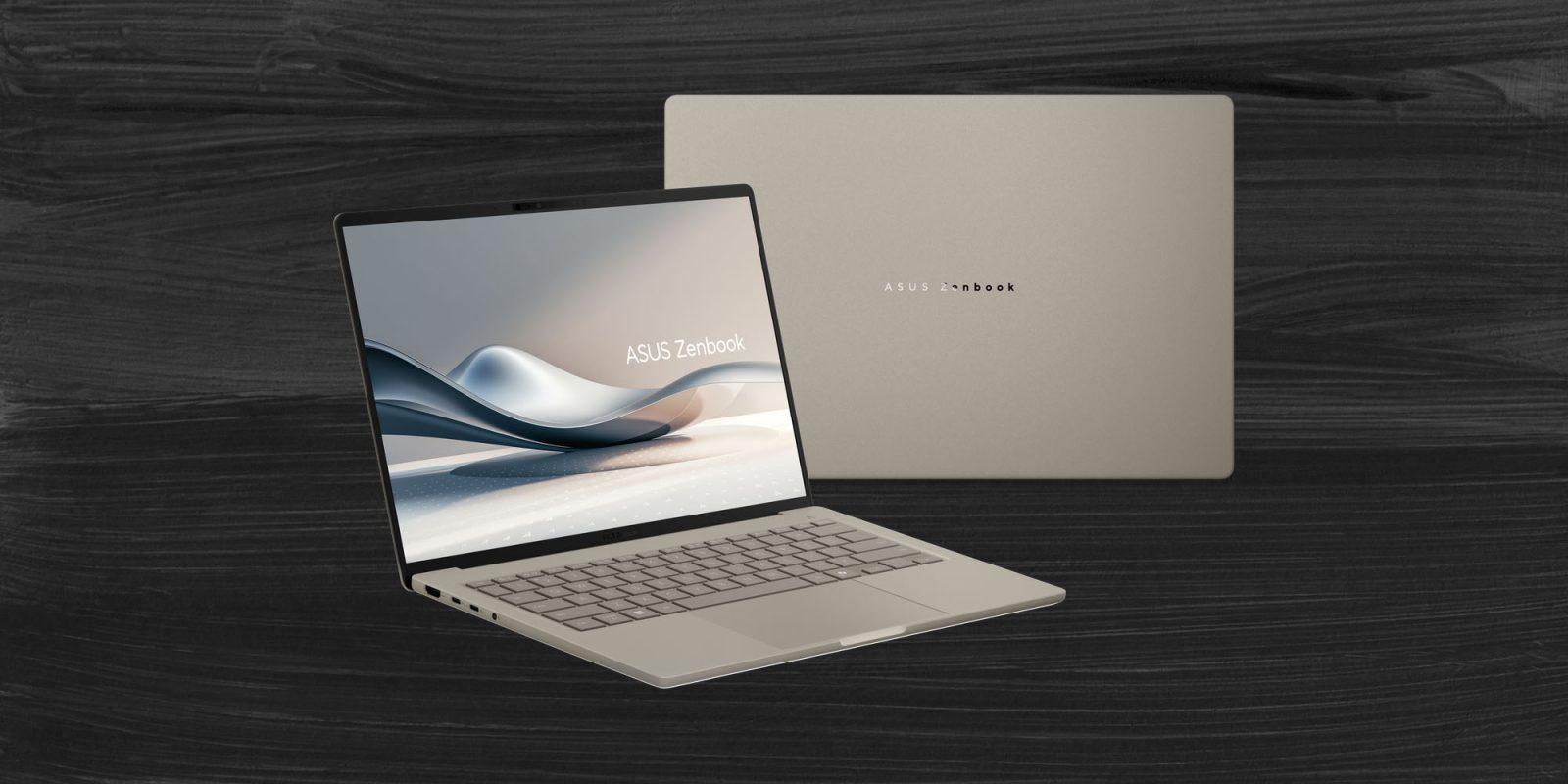
After I commented on the ASUS Zenbook A14 not only emulating the look of the MacBook Air, but exceeding its specs in several respects, I got the chance to spend some time using the machine.
While I’m certainly not going to be making the switch from macOS to Windows, there are a few things I’d love to see Apple replicate in future MacBooks …
Weight
The 13-inch MacBook Air is not exactly a heavyweight, but it does weigh 2.7 pounds while the 14-inch Zenbook comes in at 2.2 pounds.
My own machine is the 16-inch MacBook Pro, which means both machines feel light to me, but having spent a bit of time comparing the feel of the two, and I’d say that weight difference is definitely noticeable – and would get more noticeable the more time you spend carrying it.
I’d love to see Apple achieve the same weight-saving with the MBA.
Battery life
Battery life claims of Intel machines were always works of fiction, but both Apple Silicon and Snapdragon processors do seem to actually live up to their claims, at least in ideal circumstances.
Everyone cites laptop battery life as “movie playback,” which of course means nothing, but real-life tests show that Apple Silicon Macs typically deliver upwards of 75% of their claimed maximum during actual usage. That would leave the MBA 13 delivering 13.5 hours. My tests of the ASUS demonstrated a similar percentage, so a full 24 hours.
Yes, we can argue that once you hit true all-day usage, what does it matter? But it’s good to have margin for the most demanding use – plus the greater the initial life of the battery, the longer you’ll be able to own it while still getting all-day usage, so for me more is always better.
Face ID/Windows Hello
Macs still don’t offer Face ID, and to me that’s one of the features I really want Apple to add. Face ID is just seamless, compared to having to rest my finger on the power button after it already woke from sleep just by opening it.
The Zenbook has Windows Hello – Microsoft’s equivalent of Face ID – and it further added to my desire for face recognition on MacBooks.
It worked exactly the way I’d expect Face ID to work. Within a second or so of waking (of which more in a moment), the Zenbook greeted me and let me in. It was a pleasure every time, and I was left feeling like reaching for the Touch ID button was just a little outdated.
Trackpad volume and brightness controls
The Zenbook has a really handy feature where the left side of the trackpad serves as a volume control, while the right side adjusts screen brightness. Just slide your finger up or down to adjust.
It’s a really convenient, intuitive way to make the adjustments. I love Apple’s trackpad gestures, and this would make a great addition.
Other comparisons
I’d expected to prefer the Zenbook’s OLED screen over the MacBook’s IPS LCD one, but honestly – Apple’s displays are so good I really didn’t perceive a difference between the two.
One area where the MacBook easily beats the Zenbook is speed of waking from sleep. With an Apple Silicon Mac, it’s basically instant: open the lid and it’s immediately ready to login. The Zenbook at times took 4-5 seconds to wake, and it made it feel rather sluggish in comparison. That’s of course a Windows issue rather than a Zenbook one, but it’s also a pointer to the benefits of Apple’s integrated hardware and software.
The second biggest win for the MacBook was the speaker quality! The Zenbook’s tinny speakers are like going back in time 5-10 years in Apple terms. I’d never claim that MacBook speakers were good enough for listening to music, but they are completely fine for video use, while the Zenbook’s are … not.
But of course the biggest difference of all is the OS. Windows 11 is certainly the slickest version to date, but it still feels clunky and somewhat ugly compared to macOS.
All the same, it’s great to see such impressive competition in the ultralight notebook category, and I’m very much hoping Apple will respond in the areas where the Zenbook shines.
Image: 9to5Mac collage of images from ASUS and Kseniya Lapteva on Unsplash
FTC: We use income earning auto affiliate links. More.




